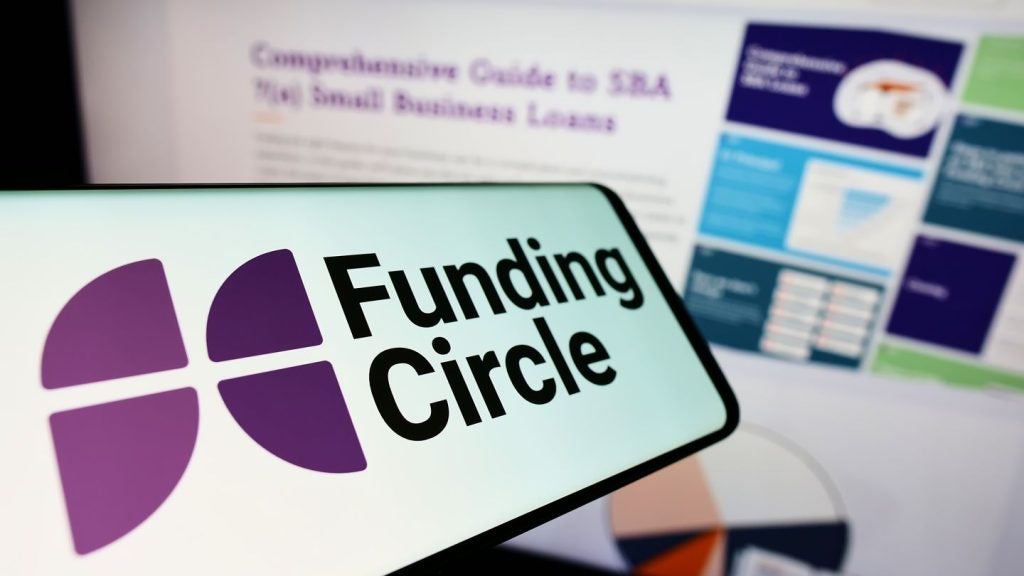
In his recent criticism of peer to peer lenders, Adair Turner, the former chair of the Financial Services Authority, stated the benefits of a ‘go out and kick the tyres’ approach to credit analysis. In this article Philip Knight, credit & risk director at Asset Advantage, discusses why this is precisely the approach taken by Asset Advantage.
Whilst our credit team is by no means unique, in that they often go out and visit prospective customers, what marks us out as different is the number of visits we make and why we do them.
On any given week at least two of our credit team are travelling the UK by train, plane or car to see a business about a finance proposal. So why do we invest so much time, energy and expense in doing this?
It starts with our, some might describe, ‘old-fashioned’ approach to credit decision making; although we prefer to think of it as comprehensive.
Firstly, we like to meet and see the whites of the eyes of the management team that is running the business. Some of you might be familiar with the lending mnemonic, CCC PARTS: Capital, Character, Capability, Purpose, Amount, Repayment, Term, Security.
The second ‘C’, Character, drives our reasoning to meet these management teams, and we place great weight when we lend on the quality of the individuals running the businesses.
How well do you really know your competitors?
Access the most comprehensive Company Profiles on the market, powered by GlobalData. Save hours of research. Gain competitive edge.

Thank you!
Your download email will arrive shortly
Not ready to buy yet? Download a free sample
We are confident about the unique quality of our Company Profiles. However, we want you to make the most beneficial decision for your business, so we offer a free sample that you can download by submitting the below form
By GlobalDataFor us it’s about the enthusiasm for their business and their knowledge about the industry sector. That’s something that you can only really judge when you are sat in front of somebody. I think that there’s an important element of trust building between us and the borrower that simply doesn’t exist when the contact is remote and via a third party. It’s considerably harder to tell fibs about how well your business is doing when you are sat face to face with an underwriter.
The other part of our strategy relates to our appetite for knowledge about our customers and their business. Nothing beats being shown a presentation by the owner of a business in their own board room or a tour of the factory. Quite apart from the obvious opportunity to ask questions about what you can actually see with your own eyes, the environment is much more relaxing for the customer and facilitates them being able to get the answers to queries they themselves might not know by asking others on site.
We place great store on getting to understand exactly how customer’s business model works and that’s best achieved by seeing how they actually work and what assets, people and equipment (including, where relevant, tyres), they use to do it. A neat and tidy site with cheerful and engaged staff says as much about a business as a messy yard and a surly receptionist. A physical inspection of the customer premises gives the underwriter an opportunity to establish the scale of a project that we are being asked to fund and consider how it might disrupt the business.
However, I don’t just think that it’s all about us. I’m a firm believer that our professional approach to the underwriting process and commitment to getting into our cars and visit customers helps the assets finance sales process. I have lost count of the number of times I have been told how pleased the customer is that we have ‘bothered’ to come and see them. I also don’t discount the notion that we support the broker by demonstrating their ability to get us out to see the customer.
Finally, but by no means least I see the meetings as an important tool in building our Asset Advantage’s corporate knowledge about the UK SME market. A good friend of mine always says that he has never had a bad meeting as he learns something from even the meetings that don’t turn into activated deals. Every meeting we have helps us understand a bit more about each and every industry sector we see. In doing this we bring more and more credibility to the next meeting and helps us judge the validity of what we are being told.
Of course sending underwriters out to see potential customers is not a cheap option for us or any funder, and at Asset Advantage we tend only to go and see customers where proposals exceed £100,000, and where they have at least been closed on rate. Quite apart from the travel costs and the lost office working hours, meetings require preparation time and office diary co-ordination.
On the return to the office contact reports need to be written and they can often generate additional work following up on additional information presented at the meeting or in reaction to new data being sent by the customer.
The mere fact that a funder has been to see a customer quite reasonably raises expectations with the customer and the broker. It also exposes the credit manager to potentially difficult questions about either the likelihood of the credit being approved or that most awkward of enquiries: "what sort of interest rate are we talking about?" And that’s the one which makes us silently scream, "That was supposed to have been sorted out before I drove to Inverness!"







